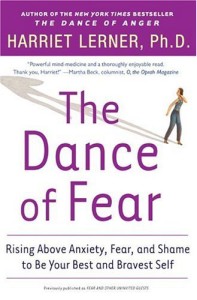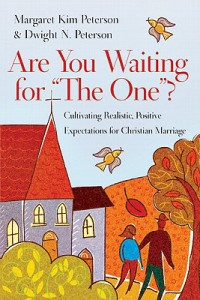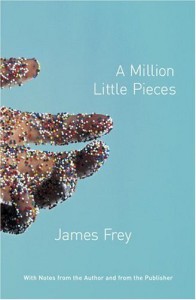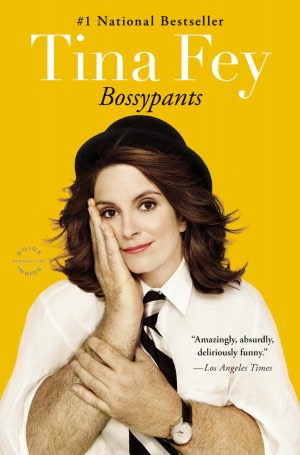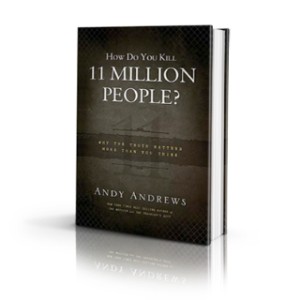For those of you who are regular readers, you know what I think of Brene Brown and her work (that they are fabulous.). So should Brown stumble upon this post, I’d like her to know that, as well as this: Had it not been for the list on Brown’s web site of books that changed her life, I might not have stumbled upon the book I finished this afternoon.
The Dance of Fear: Rising Above Anxiety, Fear, and Shame to Be Your Best and Bravest Self, by clinical psychologist Harriet Lerner, is the tenth book I’ve read in 2012.
Lerner tackles topics the average American is apt to avoid: anxiety, fear, and shame. As a person who studeid mental health (and as a generally anxious person), I happen to enjoy discussing (and reading about) all three.
But you don’t need to work in the field of mental health to get something out of reading The Dance of Fear. It’s part practical advice, part true stories (about Lerner [like the time a pair of her underwear she didn’t know was stuck inside her pants slipped out of her pant leg and onto the street] and about some of her clients [like the woman diagnosed with a terminal illness in her early 30s]). And it brings up lots of points I think we all ought to know, including the ones from my favorite excerpts. See below:
Preach:
“We can’t stop bad things from happening, but we can stop our relentless focus on how things were or how we want them to be, and develop a deeper appreciation for what we have now.” -page 5
On avoidance:
“When you avoid what you fear, your anxieties are apt to worsen over time. … If you fear rejection, you may indeed need to accumulate more experience being snubbed.” -page 20
“Research demonstrates that the harder phobics work to avoid the things they fear, the more their brains grow convinced that the threat is real. If you’re not phobic but merely terrified, avoidance also makes the problem worse. … you need some experience with the very activity you dread, be it dating, driving, or raising your hand in a meeting.” -page 30
Keep the following in mind when you face what makes you anxious:
“I’m never going to transcend fear, but I needn’t let it stop me. I learned that survival is a perfectly reasonable goal to set for myself the first dozen or so times I face a dreaded situation.” -page 36
On authenticity:
“Every human life is unique, and every human life has value. We’re not meant to be anyone else but ourselves. We all face the challenge of living the life we have, not the life we imagined having, the life we wish for or the life we are quite certain we deserve. So we need to do whatever it takes to let go of anxiety-driven judgments and comparisons. Life is short, and none of us really has that kind of time.” -page 70
On the cosmic countermove:
“Warning: The universe itself may send you a countermove if you make too bold a change! For example, you buy a house and the week you move in, the dishwasher stops working and your car breaks down. You say to yourself, ‘Oh, no! It’s a message that I never should have left my old apartment!’ Well, I’m suggesting another way to look at it. It’s merely the universe saying, yes, you are making a bold and courageous change! Here’s my countermove! Prove your commitment to making this change!” -page 88
Truth:
“…what we believe is most shameful and unique about ourselves is often what is most human and universal.” -page 127
“The extent to which you hide something important about yourself or another family member is a good barometer of shame.” -page 132
“But what is courage? In a world saturated with images of action-figure bravado, we may mistakenly believe that courage is the absence of fear. Instead, it is the capacity to think, speak, and act, despite our fear and shame.” -page 196
– – – – –
Click here for more information about the Dance of Fear.
Disclosure: This post contains affiliate links. So, if you click the links and purchase the products I recommend, I earn a little commission at no extra cost to you. And when you do, I am sincerely grateful.

